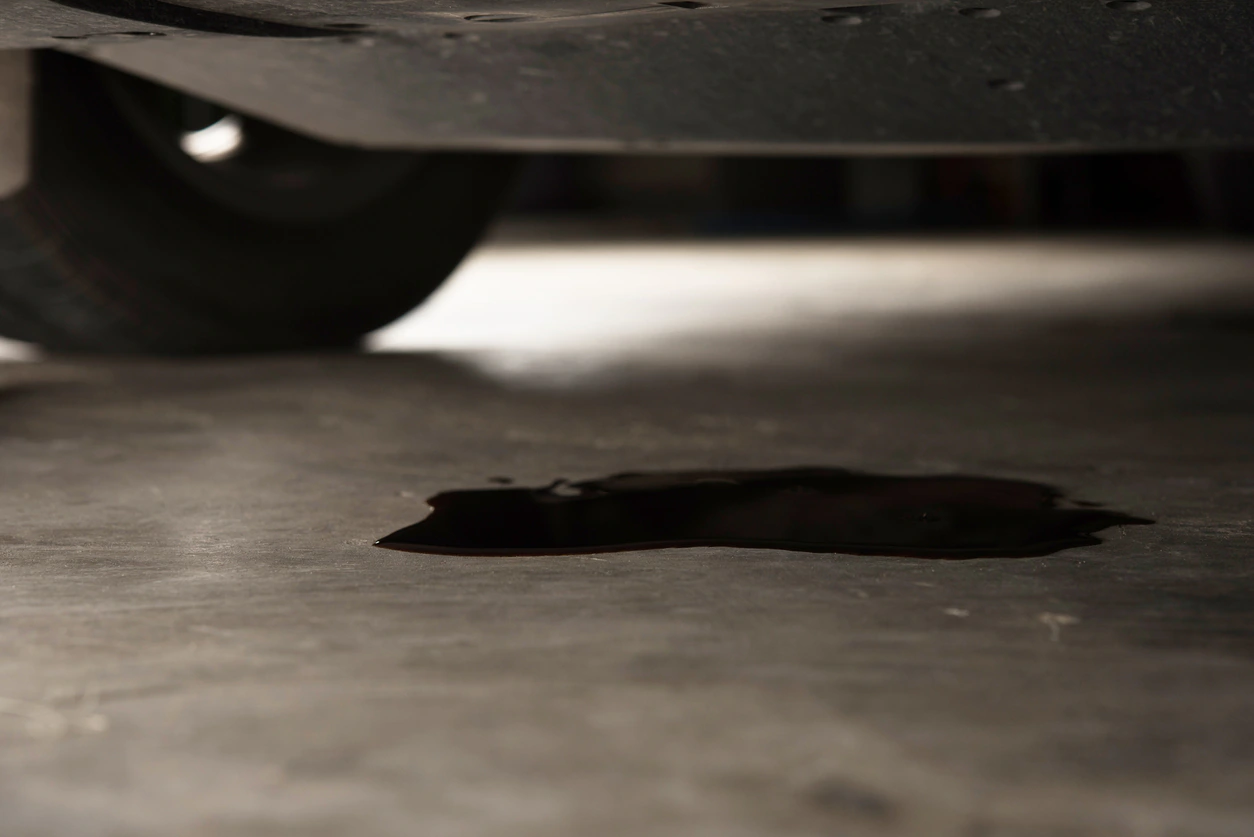Your engine oil is essential to the life of your vehicle, and one of the last things you want is an oil leak. Not only can oil leaks lead to low oil pressure, but they can also cause unnecessary wear and tear to your engine. If you’re noticing common signs of an oil leak, such as dark puddles under your vehicle or an illuminated dashboard oil light, don’t wait to fix the issue. Learn what causes engine oil leaks and how to resolve the problem with this guide.
1. LEAKING OIL FILTER
The filter is one of the most common causes of an oil leak. Ideally, the oil filter should be replaced with every oil change. If you change your oil at home, you may forget this important step or the new filter may not be installed properly. If you’re wondering how to find an oil leak, start by checking the oil filter’s seal. Make sure the oil filter is tight and ensure that the gasket or O-ring is not protruding out of place.
2. BAD GASKET
Gaskets act as seals between different vehicle components, so it’s no surprise they offer plenty of possible engine oil leak locations. Your engine has many gaskets, and many of them can wear out over time and lead to an oil leak. If you suspect your vehicle is leaking oil, either internally or externally, one of the following gaskets could be to blame:
- Valve cover gasket
- Cylinder head gasket
- Timing cover gasket
- Oil pan gasket
Without the right knowledge and experience, locating a damaged or worn gasket can be difficult. Be sure to have a Tires Plus professional take a look to diagnose the issue.
3. WORN SEAL
In addition to gaskets, your vehicle also has multiple seals that keep the oil where it should be—inside your engine! If you notice an oil leak, a crankshaft or camshaft seal could be the cause.
Crankshaft seals can be found at both ends of the crankshaft. If these seals dry out, crack, or get damaged, they can lead to leaks. A small leak usually results in oil on the underside of your engine, and a larger leak could cause an oil drip at the front or rear of your engine.
Engines with timing belts can experience camshaft seal leaks. These leaks can lead to oil pooling under your vehicle or smoke coming from the engine. Both camshaft seal and crankshaft seal leaks can be hard to diagnose at home, so you’ll want to take your vehicle to a professional for diagnostics and repairs.
4. LOOSE DRAIN PLUG
During every oil change, the drain plug is removed to empty the old oil from your engine. Since this component is messed with so often, it can become loose. Many drain plugs also have a gasket or seal that eventually wears out. Luckily, this is a super easy fix. If the plug wasn’t tightened all the way after your last oil change, all you need to do is tighten it. If that still doesn’t work, you’ll just have to swap it out with a new one.
5. DAMAGED OIL PAN
If you have a major oil leak that’s leaving big puddles under your vehicle, it might be the oil pan. Because the oil pan sits beneath your vehicle, it’s more susceptible to damage from road debris and large rocks. A cracked or punctured oil pan will leave holes for the oil to escape, and a dented pan can compromise the seal the drain plug creates.

